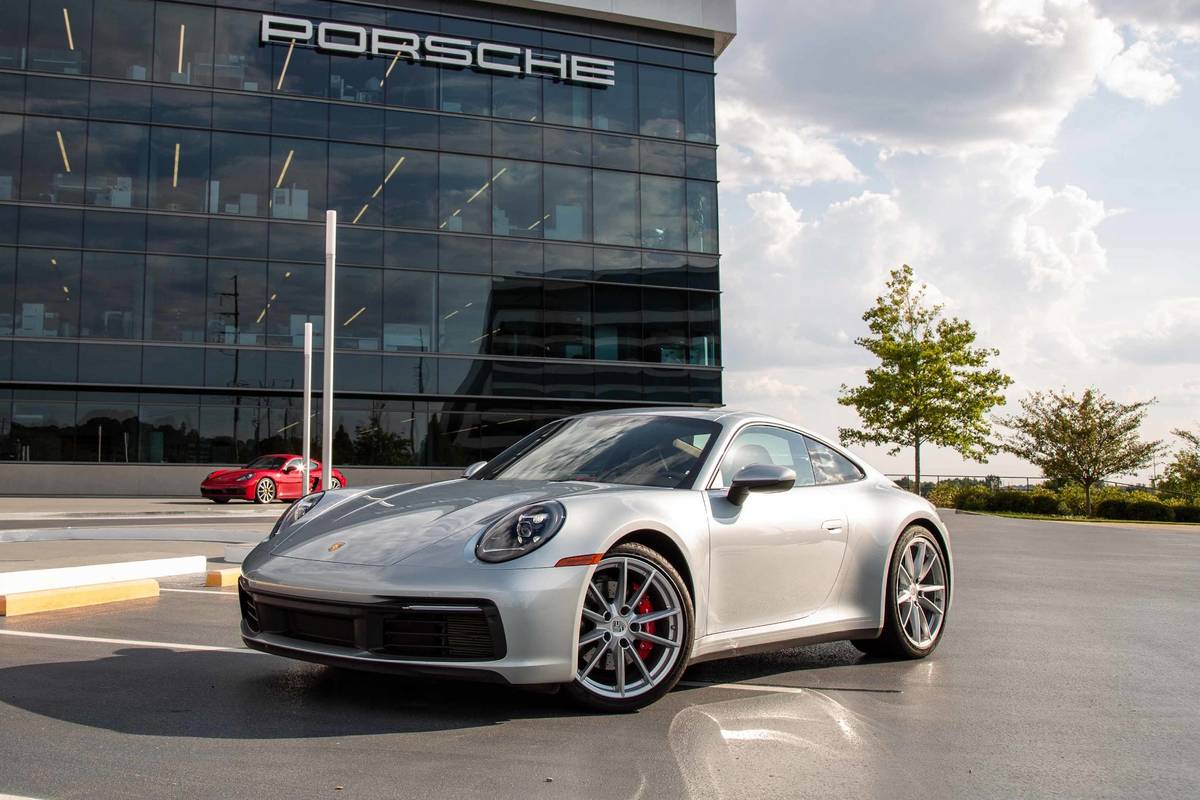
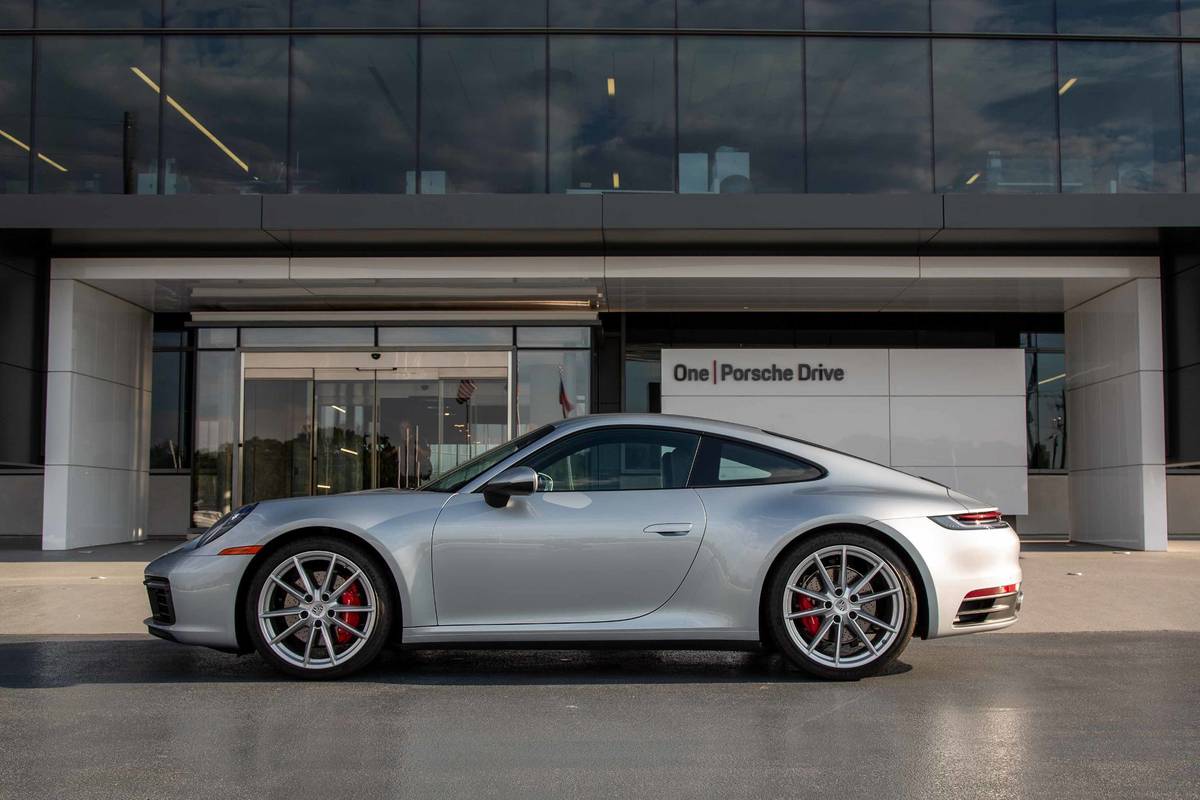
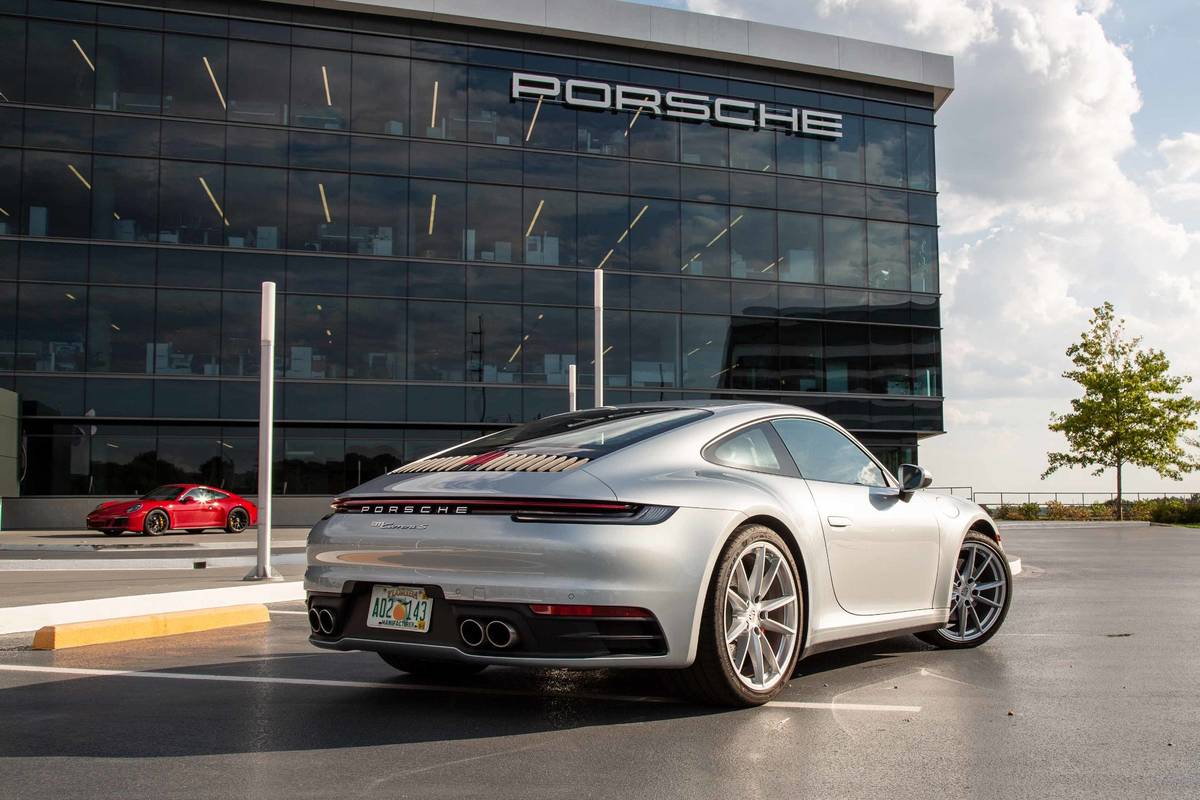

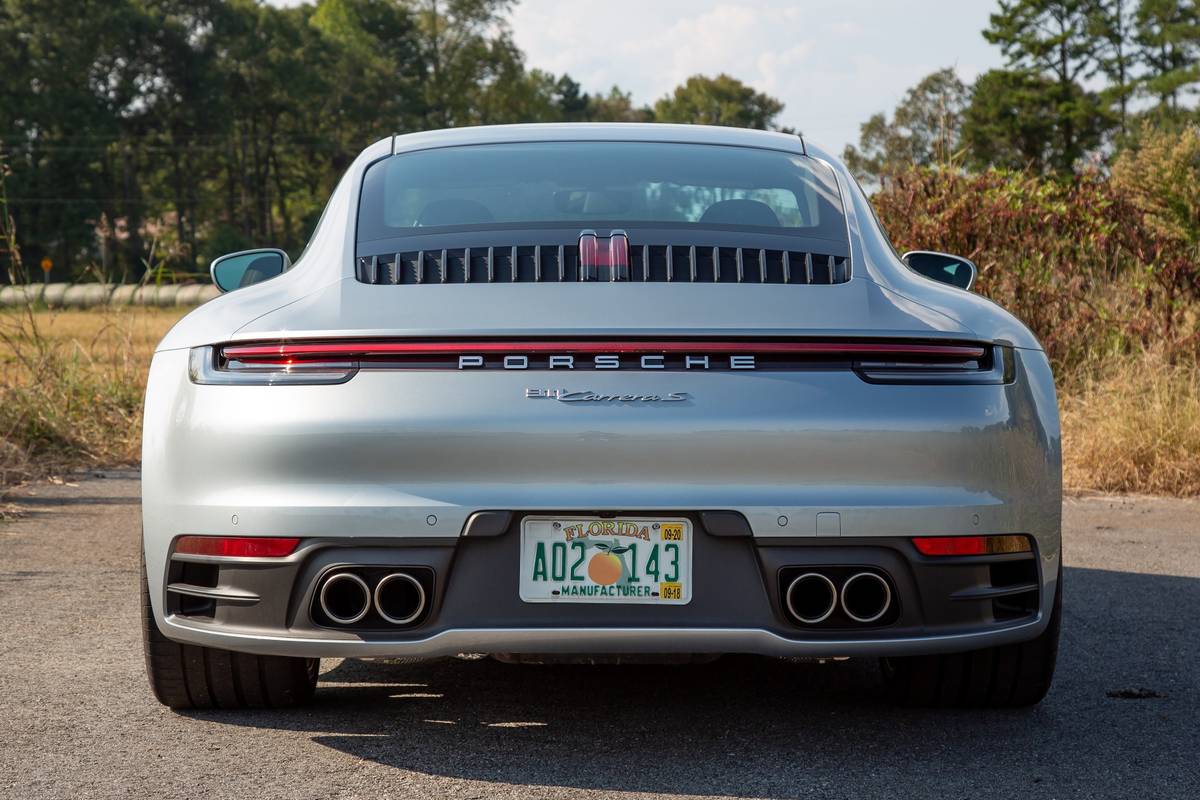
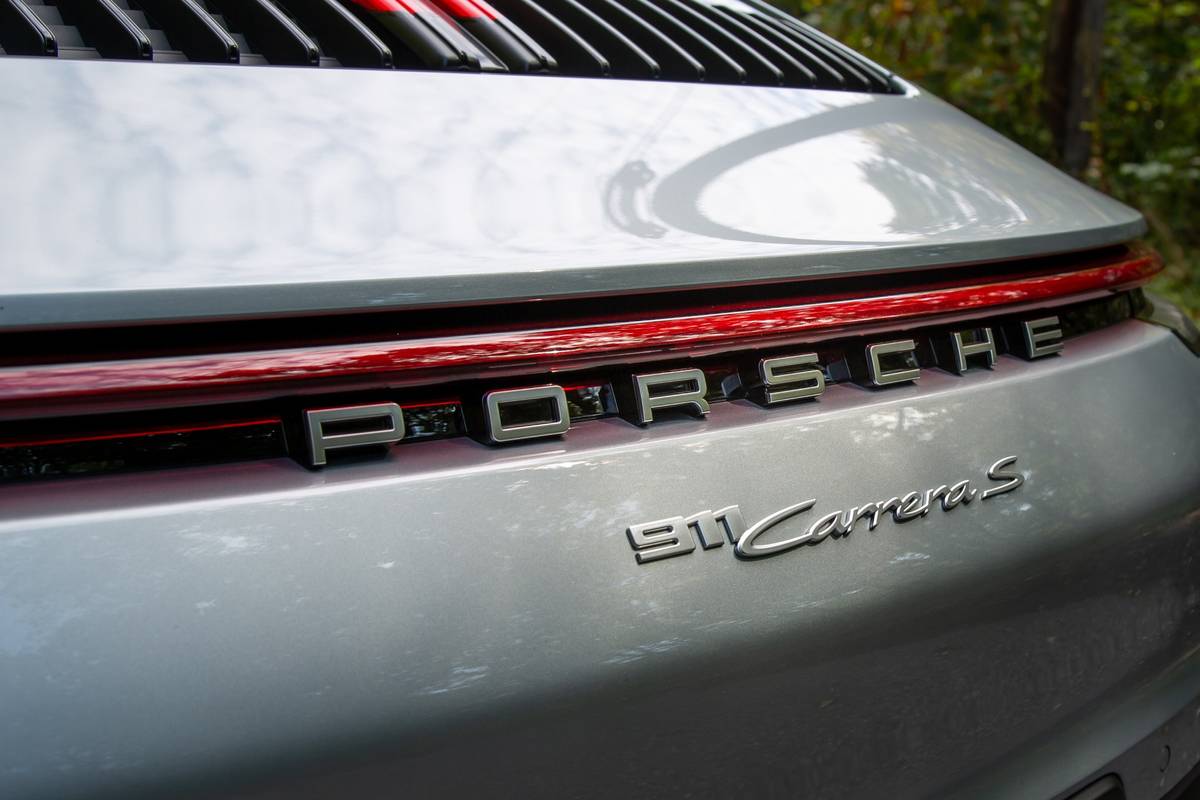
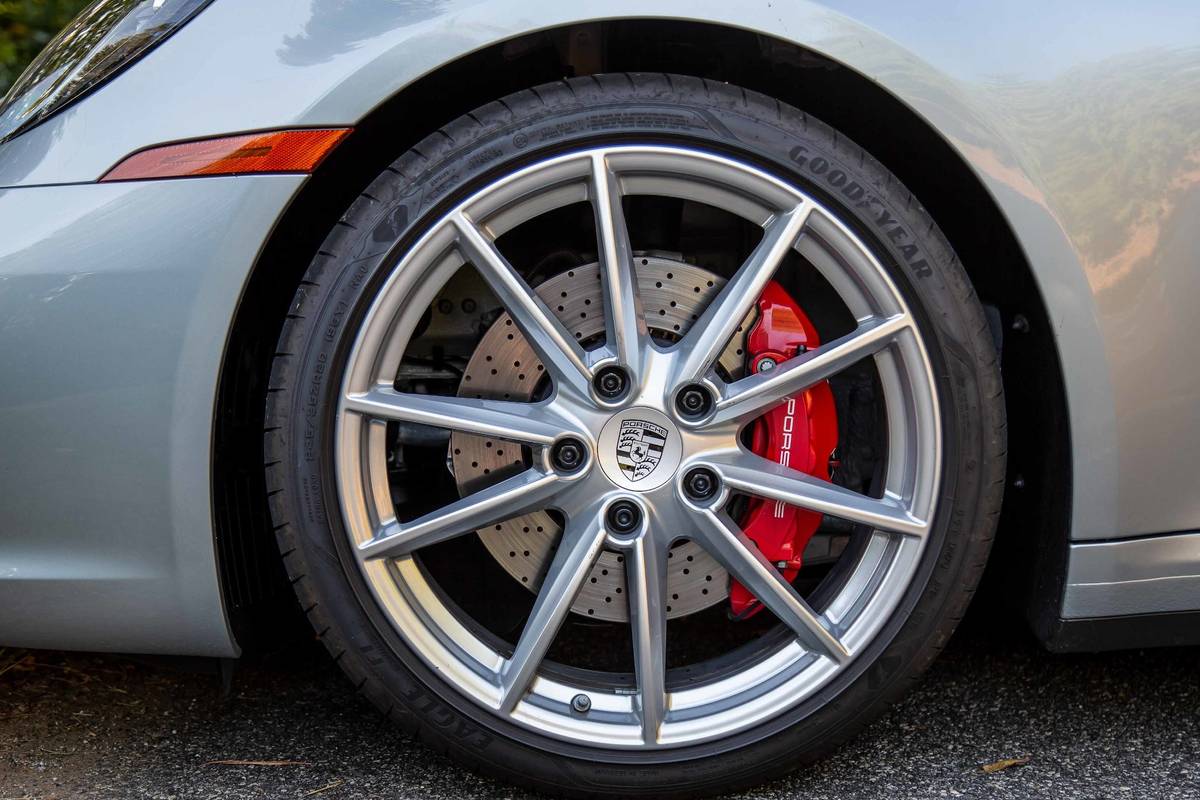
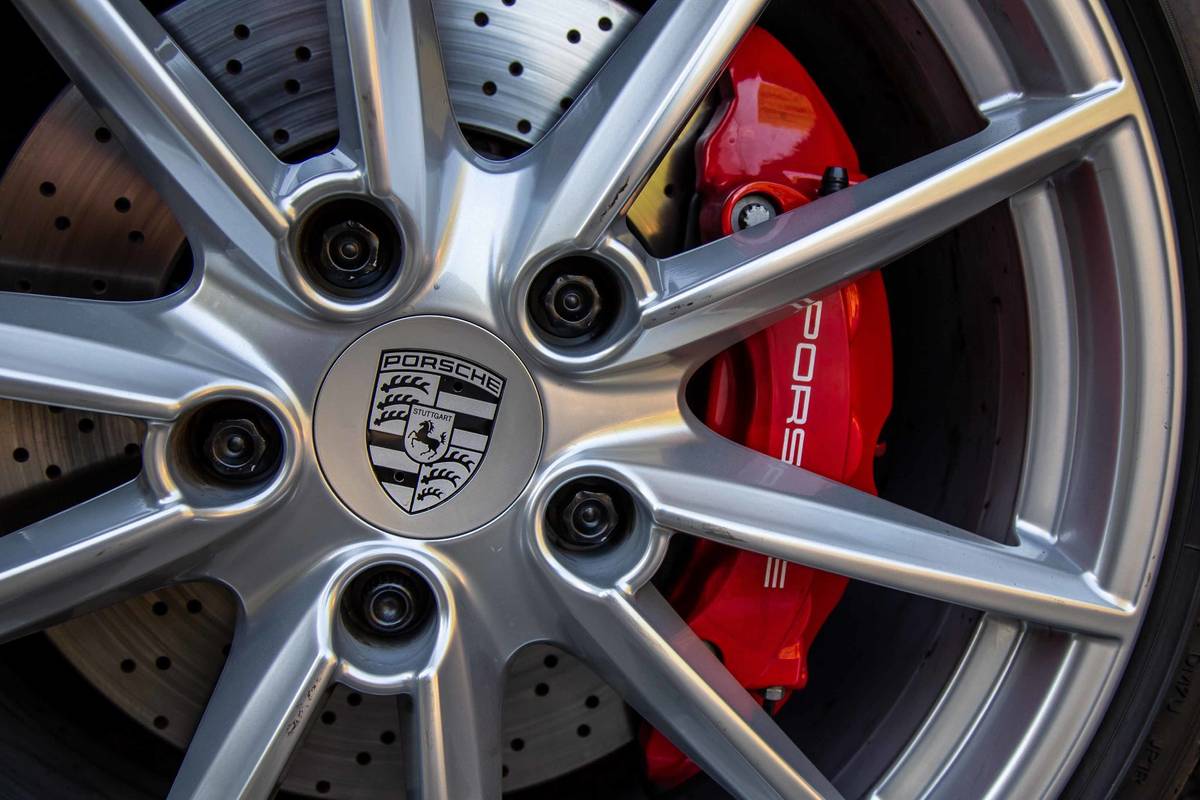
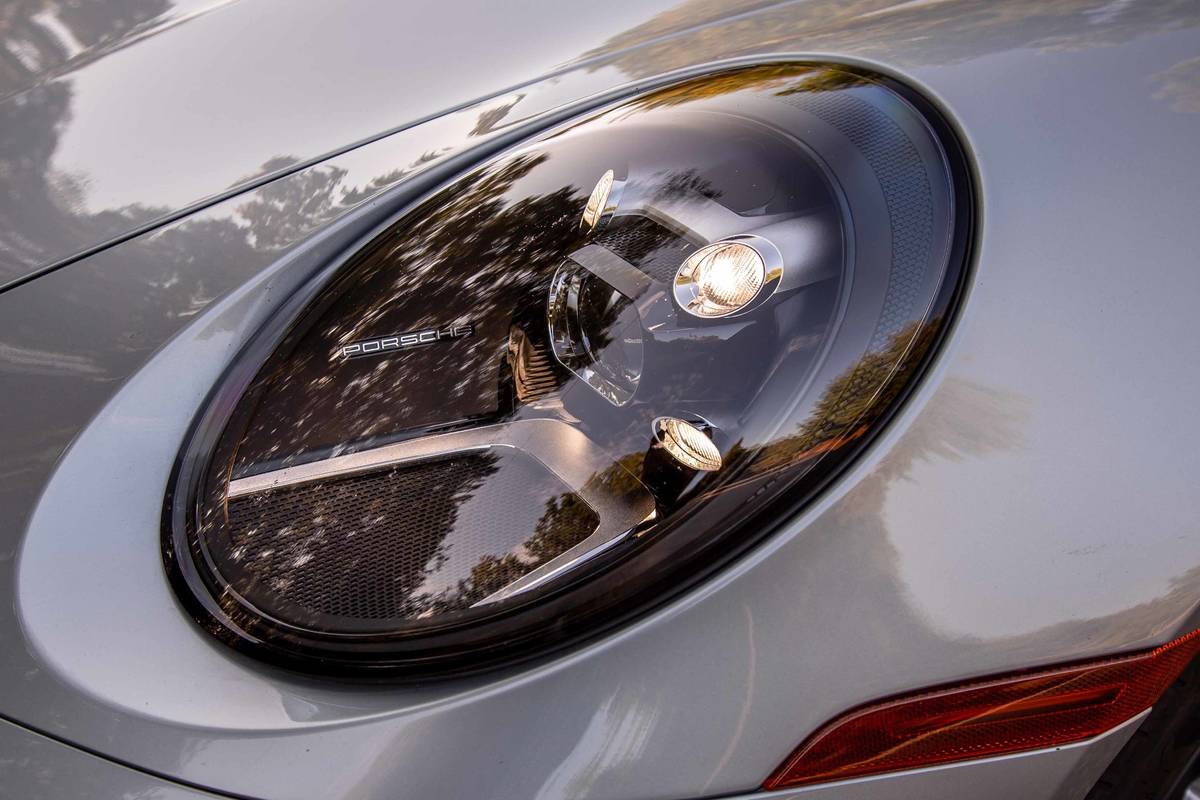
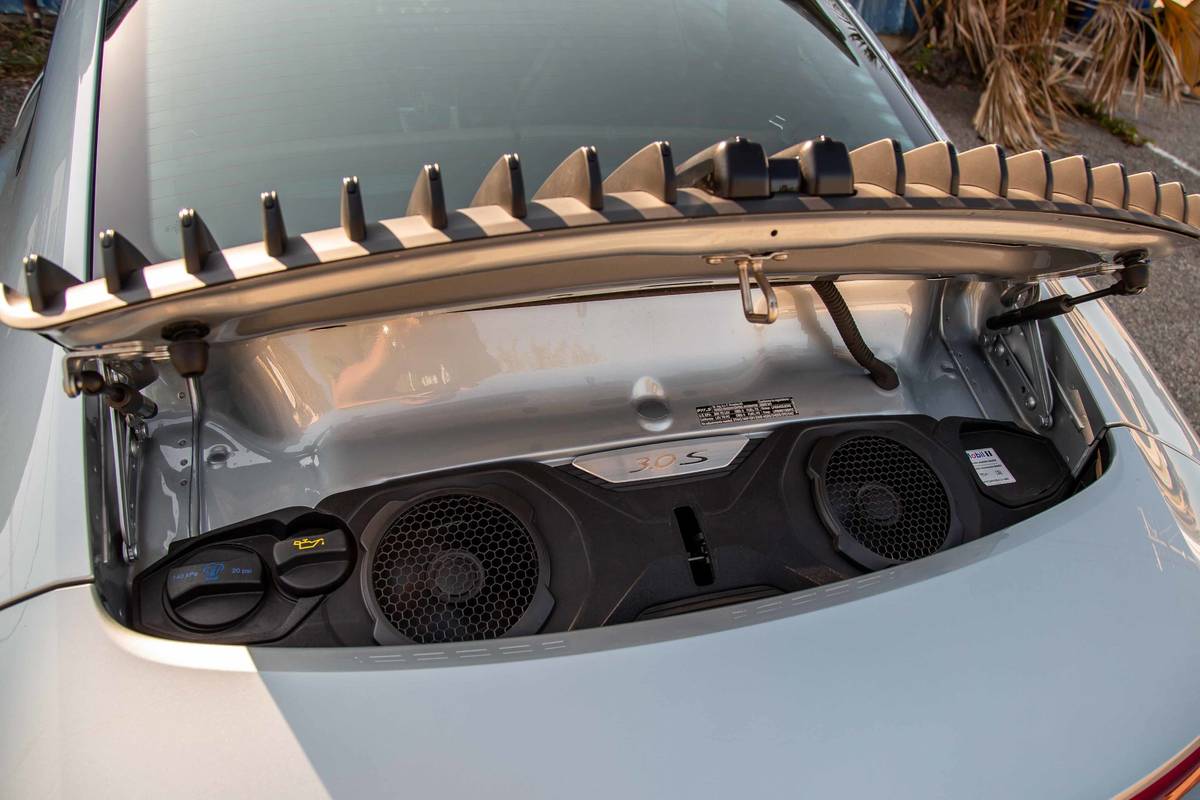
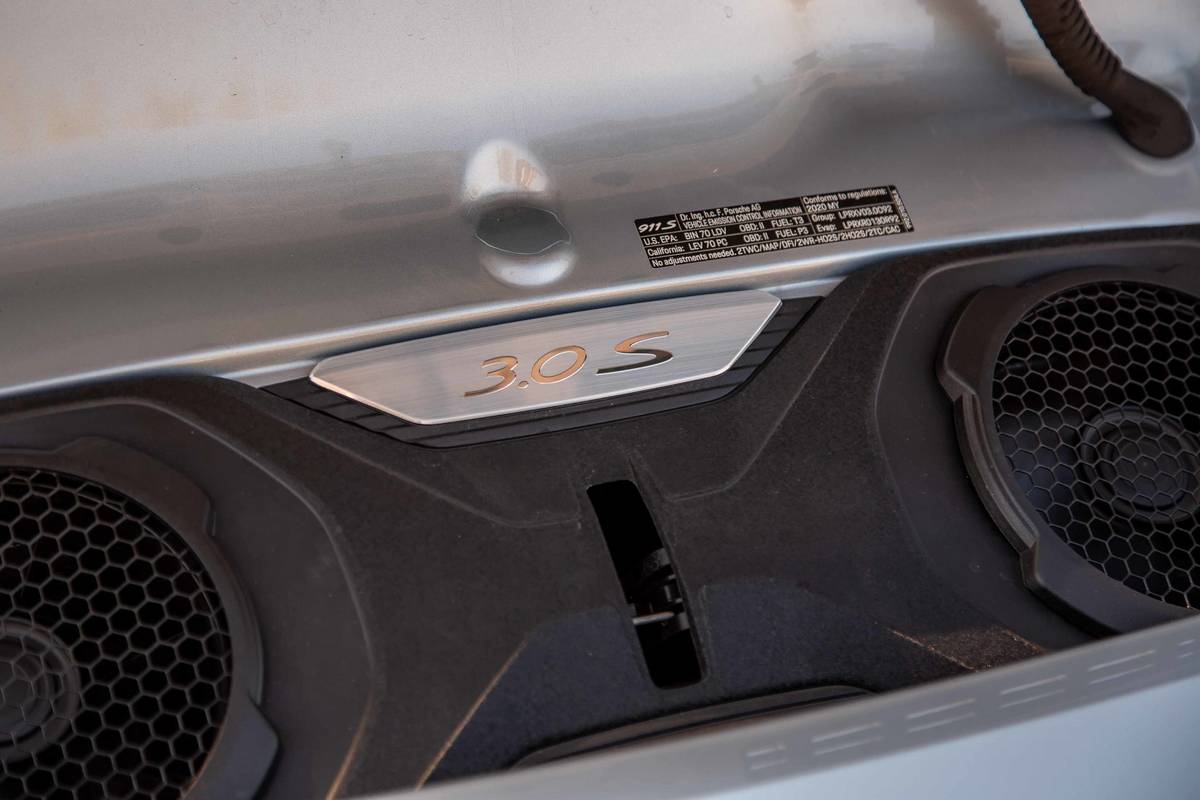
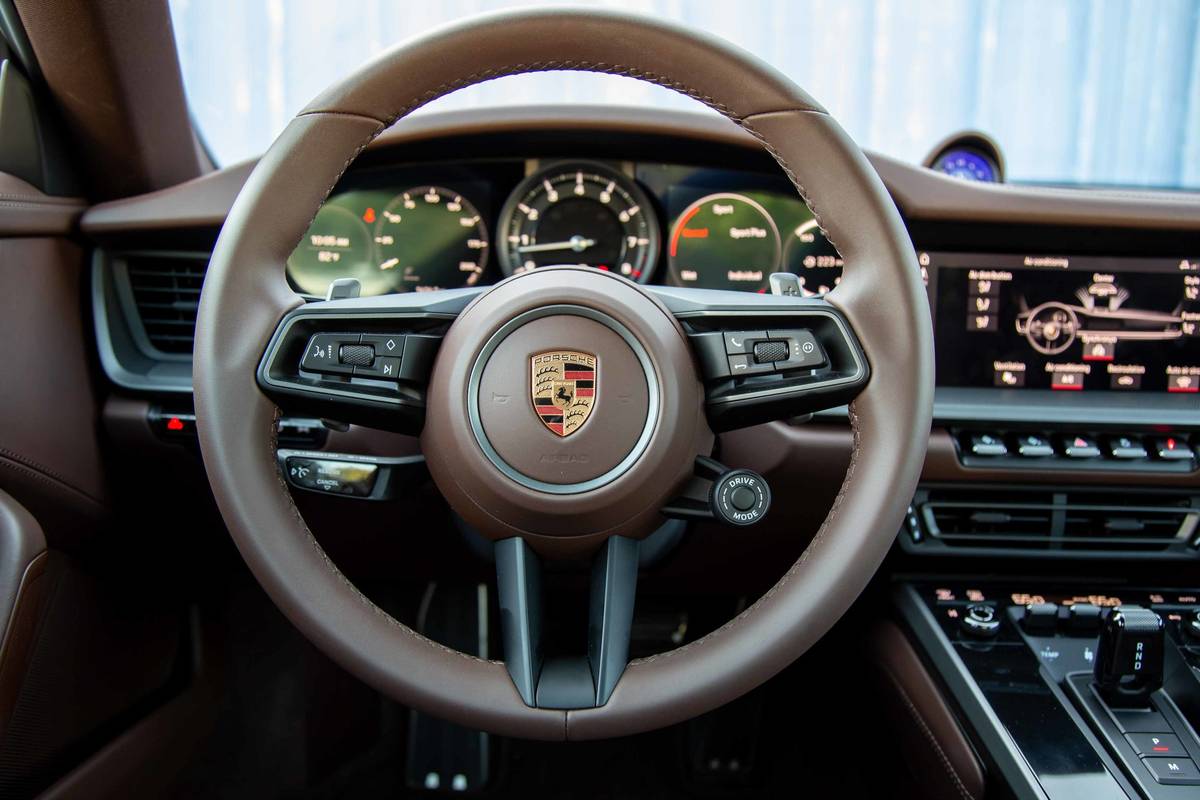
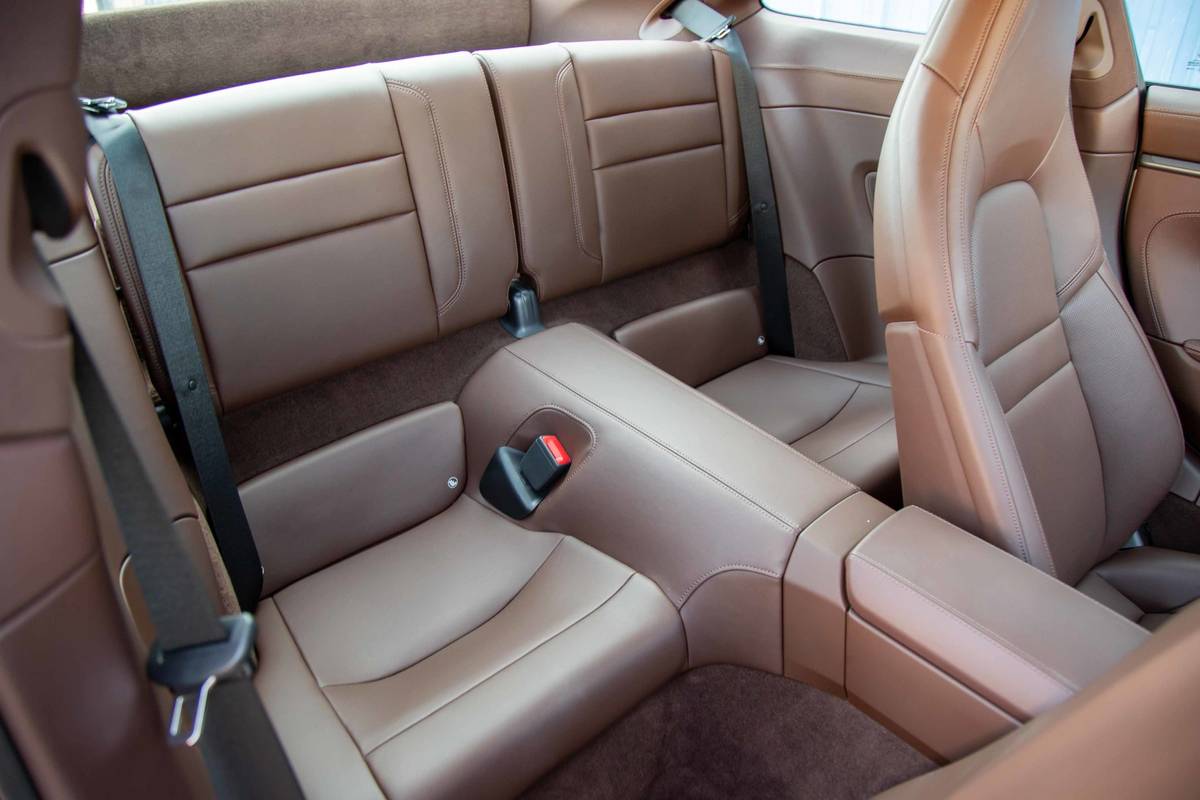
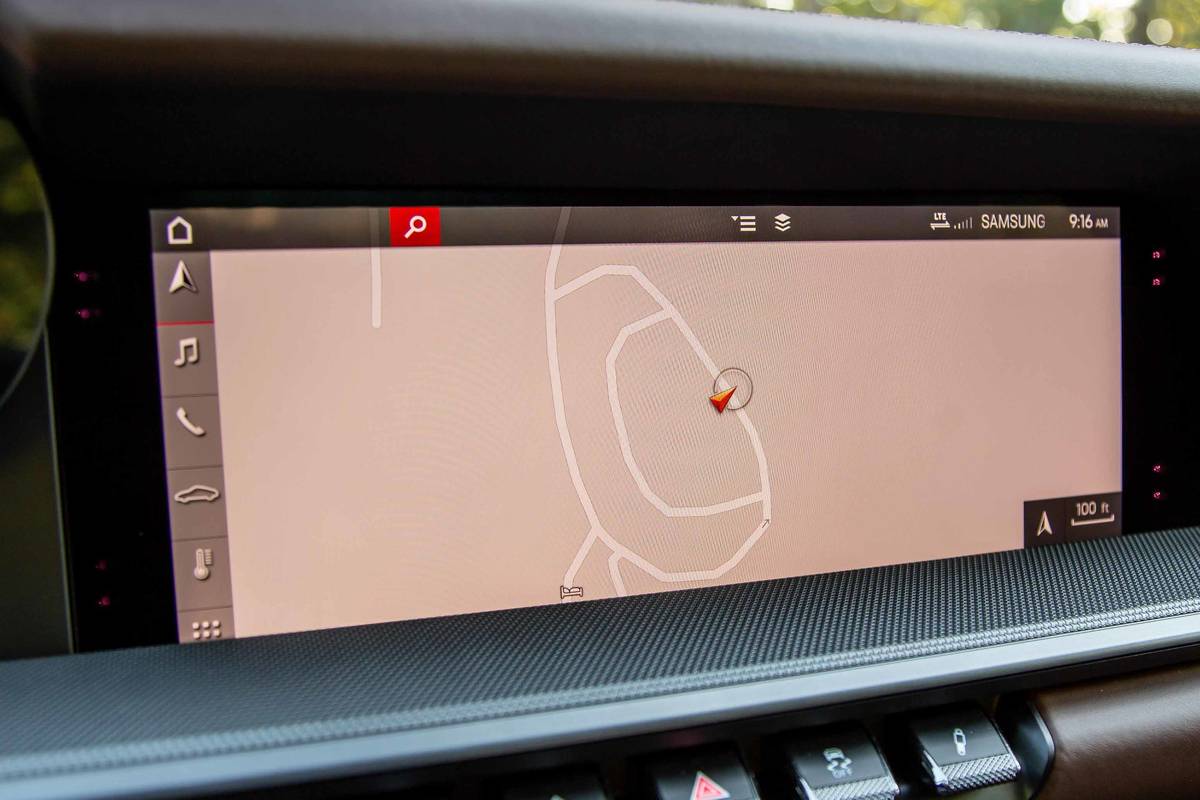
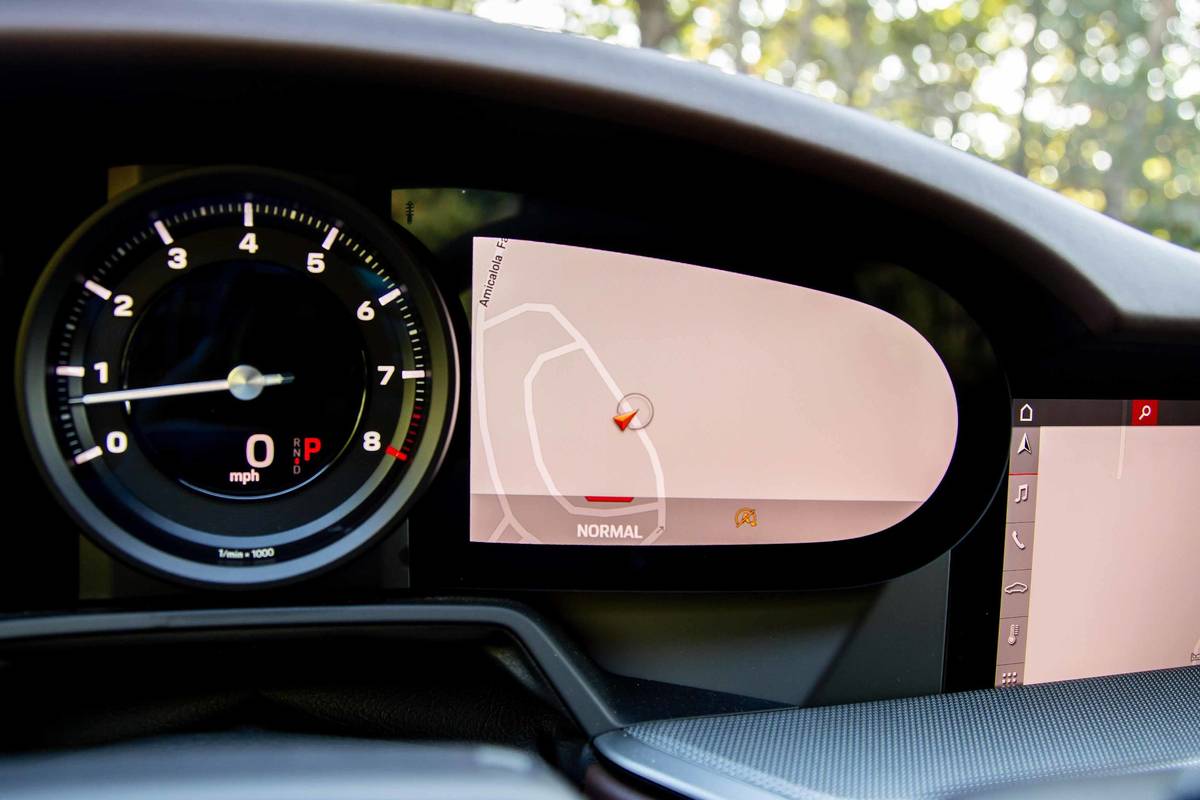















2020 Porsche 911 Review: Is There Such a Thing as Too Good?































The verdict: The new generation of the 911 ups the car’s performance ceiling, and its effortless thrills spoil you — perhaps too much.
Versus the competition: Though some competitors can keep up with the 911’s speed, none can match how it feels to drive the rear-engine Porsche.
New generations of the Porsche 911 bleed together thanks to the subtlety of the car’s stylistic evolution and a strict adherence to tradition the German automaker insists upon for its most iconic model. The 2020 Porsche 911 continues in this vein, serving as an introduction to the model’s eighth generation (called the 992 series). But to get stuck on the subtlety of the car’s surface changes would be to miss the litany of changes under the skin. The interior has been completely reshaped and a new engine delivers a big leap forward in performance.
Related: My 2020 Porsche 911 Fantasy Configuration
${price_badge_description}
The EV Battery Rating is based on this vehicle's current expected range relative to the vehicles expected range when new. ${battery_badge_text}
Certified cars are manufacturer warrantied and typically go through a rigorous multi-point inspection.
This car is likely to sell soon based on the price, features, and condition.
Looking to have this car delivered to your home? This dealership offers home delivery on some or all of its cars. Contact the dealership with our tools to get details such as qualifying cars, test drive options, and any applicable fees.
You can get more information about this car from your couch through a virtual appointment! Use our tools to contact the dealership to schedule a video consultation. A video walkaround of this car may be available upon request.
${award_blurb}
${award_two_blurb}
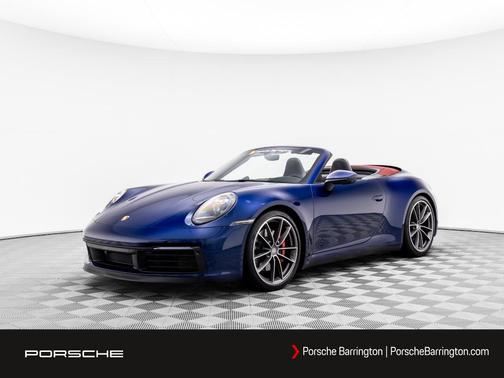
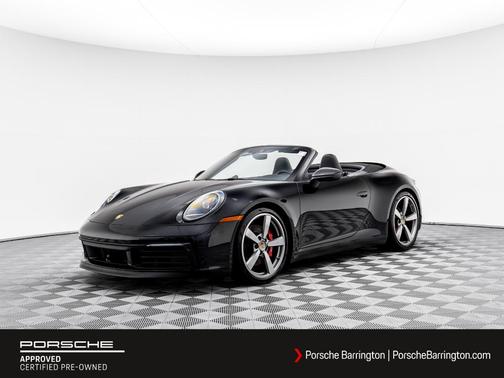
The easiest way to pick out a 992 is from the back, where the taillights now stretch across the entire width of the car. The bumpers and lower valence both front and rear are different, as well, adding more dimension to the 911’s styling and playing well against the smoothness of its sides. All told, these styling updates don’t add up to much — it’s still hard to pick out the new car unless you find it parked next to a previous-generation 991. Hop behind the wheel, however, and it will quickly become evident that it’s a very different beast.






















A weekend wedding in Charleston, S.C., provided a nice excuse to check out these changes up close. I flew into Atlanta to grab a new 911 Carrera S from Porsche’s North American headquarters and head east to the Atlantic. My route included a detour into the Chattahoochee-Oconee National Forest to let the car stretch its legs on some proper roads. Over the course of about 900 miles, I got to know the new 911 quite well and found a lot to love, along with one catch I didn’t see coming. (Per ’s ethics policy, Porsche provided only the car; the trip was mine.)
The 911 will initially come only in Carrera S and Carrera 4S (all-wheel-drive) coupe variants, with convertible versions of both to follow. Expect a slew of 911 variants to rain down over the next few years offering a wide range of performance (and price tags). My test vehicle was a rear-wheel-drive Carrera S with the Sport Chrono Package ($2,720) and rear-axle steering ($2,090).
Some of the 911’s competitors include the new mid-engine 2020 Chevrolet Corvette and front-engine 2020 Jaguar F-Type and 2020 Mercedes-AMG GT.

Tucked behind the seating area is the beating heart of the 911 Carrera S: a 443-horsepower, twin-turbocharged 3.0-liter boxer-six-cylinder that makes 390 pounds-feet of torque. It comes mated to an eight-speed dual-clutch automatic (PDK in Porsche-speak) transmission. A manual transmission of some kind will eventually be offered on the 911, but it’ll be automatic only at launch.
The new 911’s subtle exterior changes do a poor job hinting at the car’s performance gains. The new engine only bumps power up 23 hp and 22 pounds-feet of torque compared with the previous-generation Carrera S, but there’s a big difference between the two cars in sheer speed. Porsche says the new Carrera S will run from 0-60 mph in just 3.3 seconds (with the optional Sport Chrono Package), which is 0.4 second faster — a significant gap in the auto world.
The 911’s powertrain is an absolute delight. Its instant response to throttle inputs makes the engine feel like an extension of your foot as you drive. The copious acceleration and chorus of pops and hisses as you lift off the pedal provide sensory delights. PDK is still electronic wizardry of the best kind; if you trust the transmission, it does a great job picking the right gear for every situation. If you don’t, the paddle shifters rip off shifts in a blink.
The Sport Chrono Package feels like a must on this car. It adds launch control, a more aggressive Sport Plus driving mode and a Sport Response button on the steering wheel. This button sits in the middle of a dial that selects different drive modes, and pressing it induces 20 seconds of maximum responsiveness from the engine and transmission. It could alternatively be called the “oh sh*t” button, because that’s what all your passengers will say the first time you hit the button and then the gas. Driving the Carrera S makes me wonder what the rest of this 911 lineup has in store: Porsche says this car will end up being the second slowest variant of the group. The prospect of higher trim levels has me excited and scared at the same time.
The 911 comes with a standard adaptive suspension that adjusts damping force at each wheel based on conditions and whether the suspension is in Normal or Sport mode. A sport suspension is also offered that lowers the car even more, and there’s an optional dynamic chassis control system that works to further suppress body roll when cornering.
The multiple suspension settings allow the 911 to excel as a luxury tourer, not just a sports car — albeit one with a pretty firm suspension. As long as the roads are decent, the 911 cruises at any speed and eats up pavement without any drama or chatter. You’ll feel it through the seat when you hit rough pavement and the car will get loud, but that’s the trade-off for choosing a car that’s optimized for going fast.
I found the stability of the previous 911 to be fairly shocking given the car’s reputation for the opposite, but it’s somehow improved in the new car. It is seriously planted. You can ride it into corners at speeds that seem unsustainable and it’ll grip, yawn, take a sip of tea and shoot you out the other side. The steering is dialed in just right, with perfect weight on the wheel and an initial bite on turn-in that feels like you’re physically grabbing the nose of the car with your hand and shoving it into the turn. For a car with so much weight over the back wheels, the nose feels wonderfully grounded.
To say I was impressed by the 911’s handling and powertrain would be an understatement; this is a superlative sports car that awes at every turn. However, I do feel that something might be missing in the quest for more speed and stability. The casualness with which the Carrera S takes turns at speed is incredible to behold, but in a detached sort of way. I never found a public road I could drive at a safe speed that made this car sweat. I missed feeling like the car was working as hard as I was; it’s so nearly perfect, it’s also nearly inaccessible.






I was pleased to see the 911 gets its own interior control scheme. It doesn’t use the touch-sensitive panels Porsche put in the Cayenne and Panamera, but rather buttons and switches for the climate controls, drive settings and some multimedia functions. Those piano-black panels on either side of the gear selector may look touch-sensitive, but there’s a mechanical click to register inputs as a conventional button would have.
There are three new screens up top: two in front of the driver, flanking the tachometer, and a 10.9-inch touchscreen display in the center of the dash. The updated multimedia system is the same one found in the Panamera and Cayenne. The various displays are clear, with large icons, and there’s a nice infrared feature that can detect your hand approaching the screen to bring menus up. That said, it’s still not the easiest system to use. There’s no easy way to skip between radio station favorites, and the menus can run pretty deep. But it’s good-looking, with high-quality graphics, and after some extended time with the system in a few different Porsche vehicles, I found my frustration with it waning somewhat. As an alternative, iPhone users can use Apple CarPlay instead, though Android Auto remains unavailable, leaving Android users stuck with the native software.
Peek behind the front seats and you’ll find what technically counts as two more seats in the back, but they’re more vestigial than useful. They won’t fit adults under any circumstance; climbing back there to take photos of the dashboard meant doing some gymnastics I don’t care to repeat.

My 911 Carrera S test vehicle was modestly optioned (by 911 standards) and stickered at $128,800 including destination charges. That’s $14,150 more than its base price of $114,650. In addition to the Sport Chrono Package and rear-axle steering mentioned previously, it added brown leather seats ($5,340), cooled seats ($840), power sport seats ($2,330) and silver paint ($830). You can easily crank the price dial on the Carrera S even farther; I set the price limit for my fantasy configuration of the car at $140,000, but it can approach $180,000 if you really go crazy on the options.
The Carrera S is worth that price from a performance standpoint, but not at all from a safety one. Forward automatic emergency braking is standard, but that’s it as far as advanced driver safety features go — aside from a new Wet Mode feature, which detects moisture on the road and adjusts traction control and throttle accordingly. All the safety features we’re starting to take for granted on other new vehicles (that cost far less money) will require you to pony up. That matters less in this case because this is a 911, and its level of performance can smooth over deficiencies. Nevertheless, their absence is felt.
The 2020 911 Carrera S is an amazing machine with a jump in capability and speed versus the previous generation that’s laudable. To drive it is to be impressed by it; you can feel the car working underneath you, smoothing things out. But therein lies my biggest contention: It all feels a bit mechanical. Like a Vulcan-trained sports car, it’s separated all the emotion from the experience. I both loved driving it and wanted more liveliness from it at the same time.